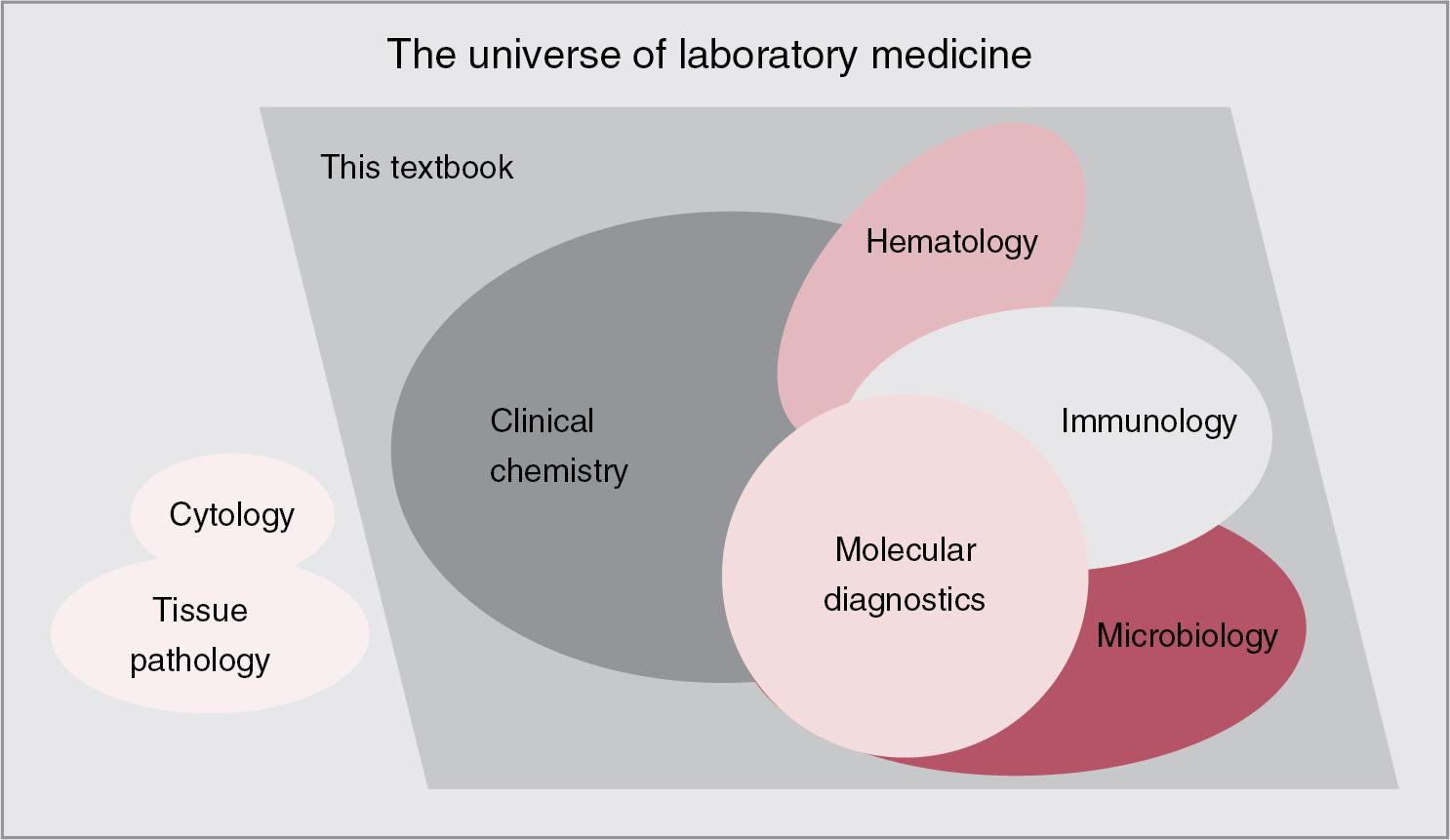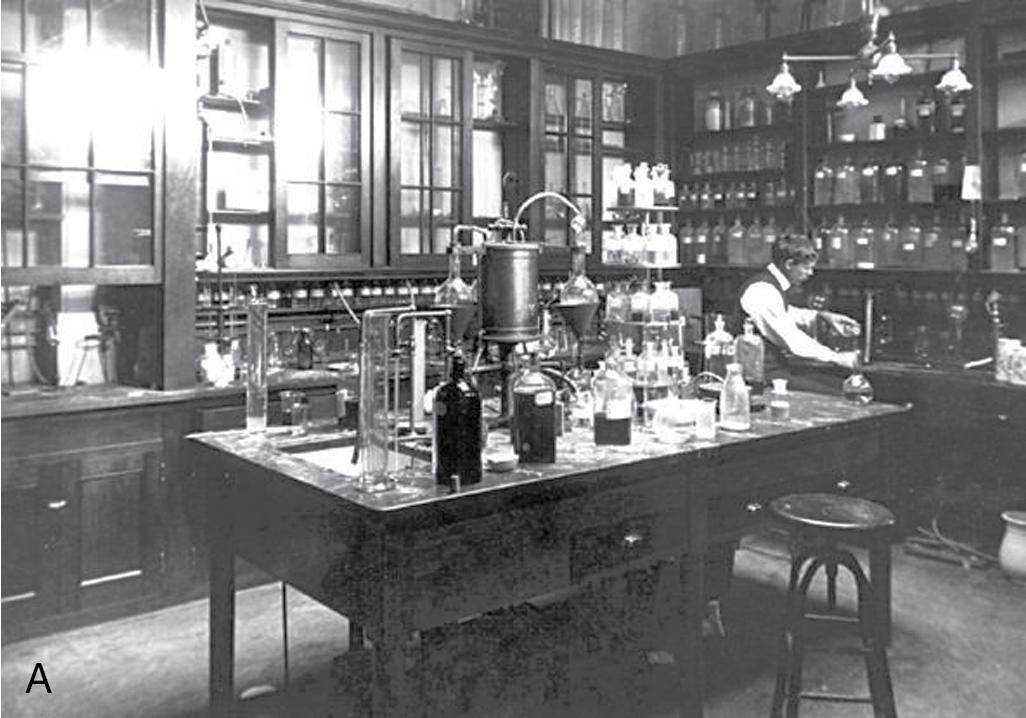Physical Address
304 North Cardinal St.
Dorchester Center, MA 02124
Laboratory medicine is a complex field that measures biomarkers and microorganisms in bodily specimens or tissues to diagnose and manage diseases. It encompasses multiple disciplines including clinical chemistry, hematology and coagulation, clinical microbiology, clinical immunology, molecular diagnostics, and transfusion medicine. Laboratory medicine is driven by technology that helps define the boundaries among its disciplines. Although laboratory medicine specialists are diverse in terms of their education, training, and career paths, their practice of the profession and their adherence to its guiding principles are similar. The goal is to generate relevant chemical, cellular, and molecular data that can be integrated with clinical and other information and interpreted to aid clinical decision making.
This chapter describes the evolution of laboratory medicine and examines the international practice of the profession, the disciplines it encompasses, academic and postgraduate training, certification, career opportunities, and the skills and roles of laboratory medicine specialists in both clinical laboratory and industry settings. This chapter also discusses the guiding principles of practicing the profession, which include maintaining confidentiality of medical information, using available resources appropriately, abiding by codes of conduct, avoiding conflict of interest, and following ethical publishing rules.
Laboratory medicine is a broad and heterogeneous field that deals with the measurement of chemical, biochemical, cellular, and genetic biomarkers; it encompasses multiple disciplines including clinical chemistry, hematology and coagulation, clinical microbiology (including serology and virology), clinical immunology, molecular diagnostics, and, in certain countries, transfusion medicine. Tissue pathology and cytology, although part of the broad definition of laboratory medicine that includes all testing of human tissue, are not included in this textbook. Although the various fields of laboratory medicine overlap in a continuous dynamic evolution ( Fig. 1.1 ), specific disciplines elicit different images. For clinical chemistry, one thinks of pH measurements or large chemistry analyzers; for hematology or microbiology, microscopic examination is what first comes to mind; and molecular diagnostics conjures up the human genome project, companion diagnostics, and personalized and precision medicine. Whereas clinical chemistry and molecular diagnostics are heavily dependent on technological developments, where the former excels in random access testing and the latter has evolved massively parallel methods, the practice of transfusion medicine and hematology is decidedly clinical. Furthermore, certain disciplines like transfusion medicine are well defined and consistently practiced internationally, while others such as clinical chemistry and clinical microbiology may vary in content depending on the country in which they are practiced. According to the definition of the International Federation of Clinical Chemistry and Laboratory Medicine (IFCC), “Clinical Chemistry is the largest subdiscipline of Laboratory Medicine which is a multidisciplinary medical and scientific specialty with several interacting subdisciplines, such as hematology, immunology, clinical biochemistry, and others. Through these activities clinical chemists influence the practice of medicine for the benefit of the public.”

Hospital-based laboratory medicine departments and commercial clinical laboratories provide in vitro testing of a variety of biomarkers in various fluids or tissues of the human body to screen for a disease, confirm or exclude a diagnosis, help to select or monitor a treatment, or assess prognosis. The popular claim that 60 to 70% of clinical decisions are based on laboratory tests cannot be easily justified by objectively measured data. , Nevertheless, laboratory testing impacts healthcare delivery to virtually every patient.
The examination of body fluids for the diagnosis of disease is certainly not a modern concept. The Greeks noticed before 400 bc that ants are attracted to “sweet urine.” Laboratory testing, however, was not always appreciated by clinicians; the famous Dublin physician Robert James Graves (1796–1853) once remarked, “Few and scanty, indeed, are the rays of light which chemistry has flung on the vital mysteries,” and the pioneer Max Josef von Pettenkofer (1818–1901) stated that clinicians use their chemistry laboratory services only when needed for “luxurious embellishment for a clinical lecture.” Such views have changed throughout the years, and laboratory testing has proven to be a useful tool to clinicians who have grown to depend and rely on the clinical laboratory in the routine management of their patients.
Although it may be difficult to pinpoint the exact date at which the concept of the clinical laboratory was born, a relevant article titled “Hospital Construction” by Francis H. Brown that was published in the Boston Medical and Surgical Journal , the precursor of the New England Journal of Medicine , in 1861. Dr. Brown stated: “[Every hospital should have] a small room at the end of the ward to serve as a general laboratory ... necessary small cooking might be accomplished here; dishes and other articles washed etc.; and it would serve as a general store-room for brooms, pails, and other articles.” Although Baron Justus von Liebig (1803–1873) once boasted that his clinical laboratory performed more than 400 tests per annum, the average mid- to large-sized laboratory today performs several million tests yearly; the images presented in Fig. 1.2 depict this striking contrast between the legendary Otto Folin in his biochemistry laboratory at McLean Hospital in Boston in 1905 and the University of Utah Clinical Laboratory/ARUP Laboratories more than a century later.

One of the first laboratories attached to a hospital was established in 1886 in Munich, Germany, by Hugo Wilhelm von Ziemssen. In the United States, the first clinical laboratory recorded was The William Pepper Laboratory of Clinical Medicine, established in 1895 at the University of Pennsylvania in Philadelphia. While there may be some uncertainty about the first hospital laboratory, the concept had become sufficiently well established by the late 1880s to enter popular culture. Arthur Conan Doyle, writing in 1887, set the first meeting of Sherlock Holmes and Dr. Watson in 1881 in the chemical laboratory in St. Bartholomew’s Hospital, London, where Holmes had just discovered a reagent that “is precipitated by haemoglobin, and by nothing else” (A Study in Scarlet). Hopefully, the excitement experienced by Holmes at this discovery is still felt by laboratory specialists today.
Basic research usually precedes clinical application. Hematology began with the microscopic observation of red blood cells by Anthony van Leeuwenhoek (1632–1723). The father of microbiology is considered to be Louis Pasteur (1822–1895), who confirmed the germ theory of disease by experimentation. Immunology arose as a combination of the “cellularists,” observing phagocytosis, and the “humoralists,” who observed that immunity could be transferred as a soluble substance (antibodies and/or complement) in the late nineteenth century.
Molecular diagnostics has more recent origins than the other disciplines of laboratory medicine. “Molecular Diagnosis” was first mentioned in 1968 as the title of a New England Journal of Medicine editorial, commenting on a new inborn error of metabolism that overproduced oxalic acid, resulting in kidney stones. “Molecular” referred to an enzymatic pathway and the substrates, not nucleic acid variants. Twenty years later, additional articles describing “molecular diagnostics” began to appear. In 1986, molecular diagnostics was defined as, “...the detection and quantification of specific genes by nucleic acid hybridization procedures,” exemplified by speciation of plant nematodes. In 1987, molecular diagnostics was used to describe mapping of antigenic substances by affinity chromatography using immobilized antibodies. In 1988, the term was used to describe methods for detecting gene amplification and rearrangement using Southern blotting. With the advent of polymerase chain reaction (PCR), the term “molecular diagnostics” became more common, its use doubling in the medical literature every 6 to 7 years. By 1997, commercial real-time PCR instruments solidified “molecular diagnostics” as a branch of laboratory medicine.
Become a Clinical Tree membership for Full access and enjoy Unlimited articles
If you are a member. Log in here